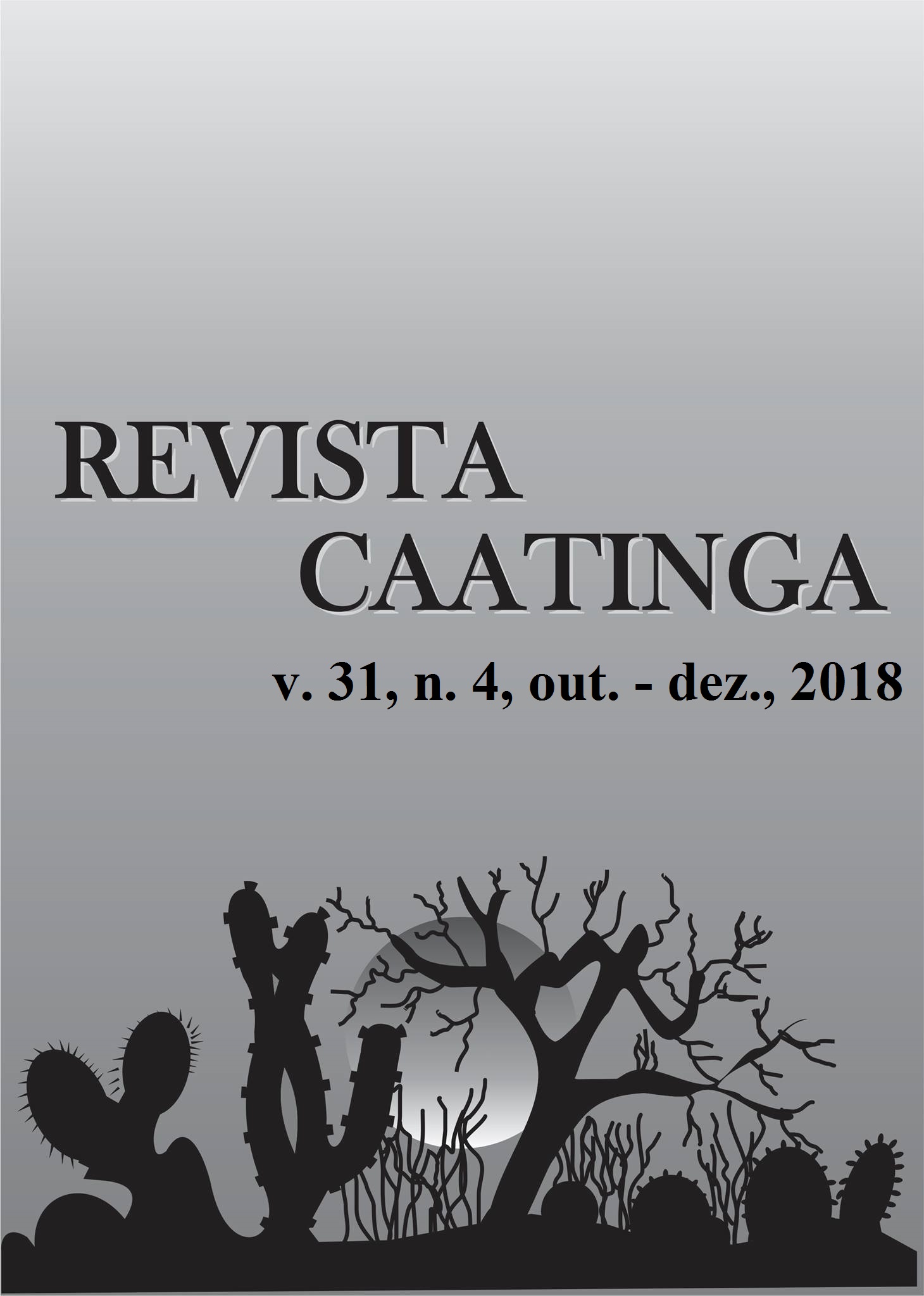MICROBIAL BIOMASS AND ENZYMATIC ACTIVITIES IN SANDY SOIL CULTIVATED WITH LETTUCE INOCULATED WITH PLANT GROWTH PROMOTERS
DOI:
https://doi.org/10.1590/1983-21252018v31n408rcKeywords:
Lactuca sativa. Crop production. Urease. Phosphatases. Bovine manure.Abstract
Plant growth promoter microorganisms have been studied as important tools for increasing crop production. Lettuce is the most consumed hardwood crop in the world. Numerous microorganisms are capable of acting in a beneficial way in the growth of this culture. The objective of the present study was to evaluate the efficacy of Trichoderma and Pseudomonas on the microbial biomass, enzymatic activities in sandy soil and lettuce production. The experimental design was completely randomized with ten replicates and treatments: CONT (absolute control); CM (control with cattle manure fertilization); CMB (with fertilization and Pseudomonas sp.); CMF (with fertilization and T. aureoviride) and CMBF (with fertilization and the two microorganisms combined). The fertilizer used was organic with cattle manure in a dose recommended for the culture. This study evaluated the production of lettuce, microbial biomass and the enzymatic activity of acid phosphatase, alkaline phosphatase and urease. The combined application of CMBF was efficient in increasing lettuce production, because it increased 85% of the cv. Veronica cultivated on sandy soil. The combined use of plant growth promoting microorganisms resulted to an increase in microbial biomass. In lettuce crops, it is recommended to use T. aureoviride URM 5158 and Pseudomonas sp. UAGF 14 in lettuce crops, because improved lettuce production, improves the biochemical quality of soils measured by absolute and specific enzymatic activities per unit of microbial biomass.
Downloads
Downloads
Published
Issue
Section
License
Os Autores que publicam na Revista Caatinga concordam com os seguintes termos:
a) Os Autores mantêm os direitos autorais e concedem à revista o direito de primeira publicação, com o trabalho simultaneamente licenciado sob a Licença Creative Commons do tipo atribuição CC-BY, para todo o conteúdo do periódico, exceto onde estiver identificado, que permite o compartilhamento do trabalho com reconhecimento da autoria e publicação inicial nesta revista, sem fins comerciais.
b) Os Autores têm autorização para distribuição não-exclusiva da versão do trabalho publicada nesta revista (ex.: publicar em repositório institucional ou como capítulo de livro), com reconhecimento de autoria e publicação inicial nesta revista.
c) Os Autores têm permissão e são estimulados a publicar e distribuir seu trabalho online (ex.: em repositórios institucionais ou na sua página pessoal) a qualquer ponto antes ou durante o processo editorial, já que isso pode gerar alterações produtivas, bem como aumentar o impacto e a citação do trabalho publicado (Veja O Efeito do Acesso Livre).







